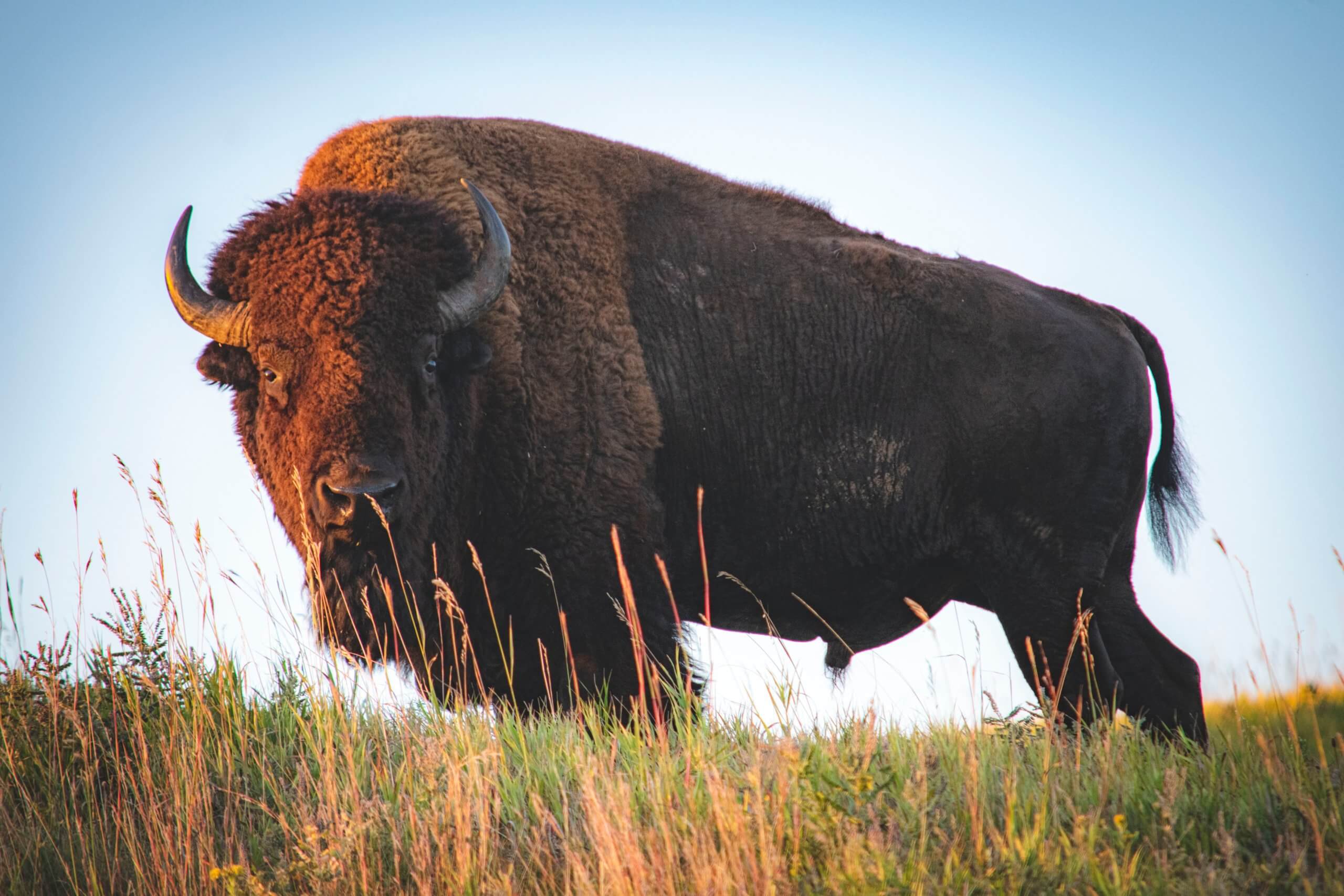According to Farm Credit Canada (FCC), Indigenous communities see opportunity in agriculture. We feel the co-operative model should play a role in how these communities participate and scale in this burgeoning industry.
From harvesting wild mushrooms, rice, and berries to fishing and collecting pine sap, Indigenous people were involved in agriculture long before settler populations took up the practice in North America. In fact, “Indigenous foods of the Americas constitute 60% of the world’s crops now in cultivation,” says University of Calgary historian Sarah Carter.
Today, agriculture and agri-foods represent a $49-billion industry in Canada. Besides improving food security and gathering traditional foods, many Indigenous communities are looking to move into the sector, add value to what they produce, or scale up existing operations.
FCC says, “First Nations, Métis and Inuit have always been involved in agriculture and food and are uniquely positioned to reclaim their food sovereignty and grow successful businesses.”
Reclaiming Indigenous Food Sovereignty
Improving food sovereignty comes at the top of the list of concerns on the FCC survey of Indigenous communities and agriculture. And there is good reason for this.
Since at least the late 1800s, when many prairies-based First Nations were negotiating treaties with the Canadian government and traditional ways of securing sustenance were disrupted or destroyed by colonization, Indigenous leaders have been working to increase their communities’ food security and sovereignty. Transitioning to an agricultural economy was one step in better securing their communities’ futures.
Treaty 6, for example, includes agricultural implements and animals as part of its terms. Of course, these terms were not lived up to by the Government of Canada and many were intentionally broken not long after being signed.
Hunger and Broken Promises
With bison wiped out, the Canadian government used hunger to force First Nations people onto reserves. Many Indigenous people depended on food rations provided by the Canadian government, and to get those rations, they had to be living on reserves.
“The government believed that keeping First Nations in a state of near-starvation would bend them to its will,” writes historian Bob Beal. “As for the provision of treaty agricultural supplies, it was done in a disorganized, parsimonious and careless manner, with the result that many bands did not receive anything like the quantity or quality they were entitled to under the treaty.”
Soon after, the Canadian government appropriated even more First Nation land, and after World War One handed large swaths of this land to returning soldiers.
“Since the late nineteenth century, the federal government had facilitated the diminishment of reserve land, responding to vocal and often powerful non-Aboriginal interests who wished to acquire land for farming, grazing, or speculation,” writes Carter. “The fresh set of circumstances created by wartime [World War One] conditions however, the ‘stern needs of the times,’ provided a rationale for this process to be pursued with new vigour. Indian land was appropriated first for the purposes of greater production during the war, and immediately after, large tracts were permanently alienated for non-Aboriginal soldier settlement.”
New Opportunities in Agriculture and Agri-foods
Recent Treaty Land Entitlement settlements and land reclamation led to many First Nations leasing the acquired farmland to settler farmers. But, as lease agreements end and investment in value-added agriculture from large corporations and various levels of government increases, taking the opportunity to benefit from agriculture and agri-foods, and perhaps even leap-frog settler operations, is a lucrative option.
“While First Nations businesses, people, and communities face unique challenges in agriculture and food, there are numerous tapped and untapped advantages and opportunities,” writes Jesse Robson in Nations Prosperity in Canadian Agriculture and Food: Navigating the Opportunities and Challenges in One of Canada’s Biggest Industries in the Journal of Aboriginal Economic Development Volume 12, Issue 1.
Food sovereignty is closely linked to the overall sovereignty of a First Nation, suggests Robson. He shares a story of the Quapaw Nation. The Nation reclaimed their food sovereignty by slowly developing a food system they control, from raising bison and cattle to processing the meat products and growing vegetables, beekeeping, and roasting coffee.
“It’s about vertical integration of your food system – owning your value chain,” writes Robson. “This includes how the food is grown, processed, and distributed – it also includes the people who work along the steps of the food system, or value chain.”
The co-operative model aligns well with a desire for vertical integration and achieving sovereignty over a supply chain, and it has a proven track record of supporting producers in agriculture through value-add. The model also scales well, provides distributed ownership, and is controlled by the people who use the co-op.
How forming a co-op might help
A co-op could be used to form partnerships between First Nations, corporations, independent producers, and individuals or all the above. If everyone shares the same goal, the model can be highly effective.
We see four ways the model could be used to support Indigenous agriculture:
- Supply co-ops are where members pool capital to gain access to resources, such as equipment, labour, or simply preferred pricing through bulk purchases. Quebec has examples of these types of co-ops, especially ones focused on equipment purchasing and sharing labour resources.
- Producer or marketing co-ops are where producers reduce administrative costs and sell to larger markets under a single brand. Large purchasers, such as Costco or Loblaws, consider an individual producer a supply risk. Working together as a co-op reduces this risk from a large purchaser’s perspective. Some of the best known of these in Canada are dairy co-ops, such as Agropur, but they can be formed to market all kinds of products, from art to seed cleaning and bison to cucumbers. River Select is one of our favorite examples of this type of co-op. Ocean Spray is another.
- Employee-owned co-operatives or worker co-ops are businesses owned and often operated by those who work for the company. The world’s most prominent “worker” co-op is a Spanish retailer called Mondragon, with over 80,000 employees. Still, most co-ops of this type are smaller operations, such as Muskoday’s potato farm and the more recently formed Beetbox Farm co-operative.
- Multi-stakeholder co-operatives are where different interest groups benefit from working together. This type of co-op is rare in western Canada, and can be tricky to make work, but there are hundreds of them in Quebec doing great things. In western Canada, producers often form New Generation Co-operatives, which are like multi-stakeholder co-ops but often include delivery rights. For Indigenous communities, this type of co-operative could be created to have a Band leadership shareholder group alongside a producer shareholder group so that investments and decisions can be made about the business by both groups democratically. Stock photography platform, Stocksy United, is an excellent example of a multi-stakeholder co-op, with executive, producer, and employee share classes.
If you are interested in learning more about co-ops or have an idea you would like to explore, register for our next Your Way Together webinar or contact us. If you’re just checking things out, perhaps visit our ‘What is a co-op’ page to get an overview of the model and its benefits.
Feature Photo by Jon Sailer on Unsplash

 Written by
Written by 


